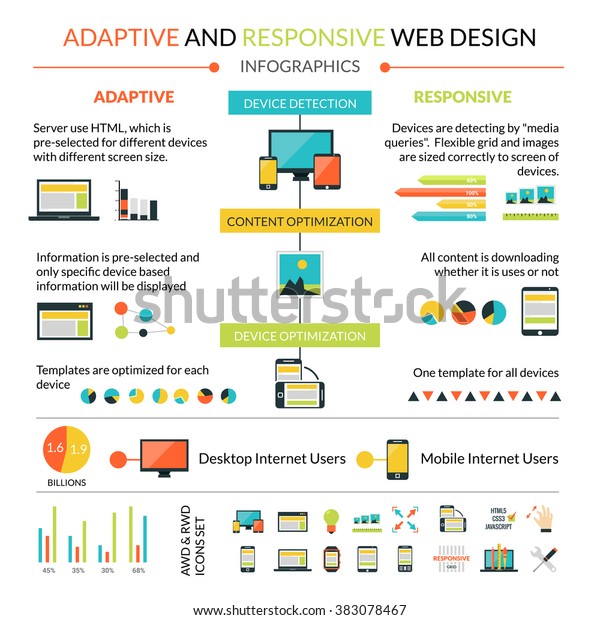Essential Aspects Of Website Design: Standards For Developing A User-Centric Website
Essential Aspects Of Website Design: Standards For Developing A User-Centric Website
Blog Article
Article Writer-Hall Bak
When it concerns internet site design, ensuring user-friendliness is vital. From responsive style to structured navigating, every aspect plays a crucial duty in creating a website that accommodates your audience's demands. However what concerning the finer details that can make or damage a customer's surfing experience? Stay tuned as we uncover some often-overlooked pointers that can boost your internet site's usability to the following level, making it really stand apart in the electronic landscape.
Value of Responsive Design
Receptive style is a vital aspect of modern-day internet site growth. Guaranteeing your internet site is receptive means that it can adapt to various display sizes and tools, giving a seamless experience for customers.
With the enhancing use of mobile phones and tablet computers to access the net, having a responsive design is vital for getting to a larger target market. It helps in boosting user experience by making your internet site very easy to browse and read on any kind of gadget.
Additionally, receptive layout can positively influence your online search engine positions, as internet search engine like Google prioritize mobile-friendly web sites. By having a receptive style, you're also future-proofing your web site, as new gadgets with varying screen dimensions continue to arise.
Simplify Navigation Structure
To boost user experience and facilitate simple access to information on your web site, simplifying the navigation structure is extremely important. When designing your site, focus on producing a clear and user-friendly navigation food selection that assists visitors find what they're searching for swiftly.
Limit the variety of food selection things to the basics, grouping relevant web pages with each other to prevent overwhelming individuals. Usage detailed tags that clearly suggest the material of each page, making it simpler for individuals to understand where each web link will take them.
Take into consideration carrying out dropdown menus for subcategories to prevent littering the primary navigation bar. Furthermore, consist of a search bar prominently on the web page for customers that choose searching for certain info.
Focus on mobile responsiveness in your navigation style to ensure very easy gain access to on all tools.
Optimize Web Page Lots Speed
Improving page load speed is essential for preserving site visitors on your website. Slow-loading pages irritate customers and can cause high bounce rates. To maximize web page tons speed, beginning by optimizing images. Compress photos without endangering top quality to lower their documents sizes.
Furthermore, allow https://eduardokfzup.myparisblog.com/31657965/boost-your-existence-why-google-organization-profiles-matter-for-tiny-enterprises caching to keep often accessed resources locally, quickening tons times for returning site visitors. Minify CSS, JavaScript, and HTML data by removing unneeded characters, remarks, and format, improving load rate.
Consider making use of a content shipment network (CDN) to distribute your website's web content across numerous servers worldwide, lowering latency for individuals accessing your site from various places. Finally, limit the use of third-party scripts and plugins, as they can substantially impact load times.
Final thought
Finally, by including receptive layout, streamlining navigating, and maximizing page load rate, you can create a straightforward website that attract a broader audience and enhances individual experience. These essential elements make certain that site visitors can quickly gain access to and navigate your website across different tools, resulting in enhanced involvement and satisfaction. By focusing on these crucial elements, you can construct an effective site that maintains customers coming back for more.
